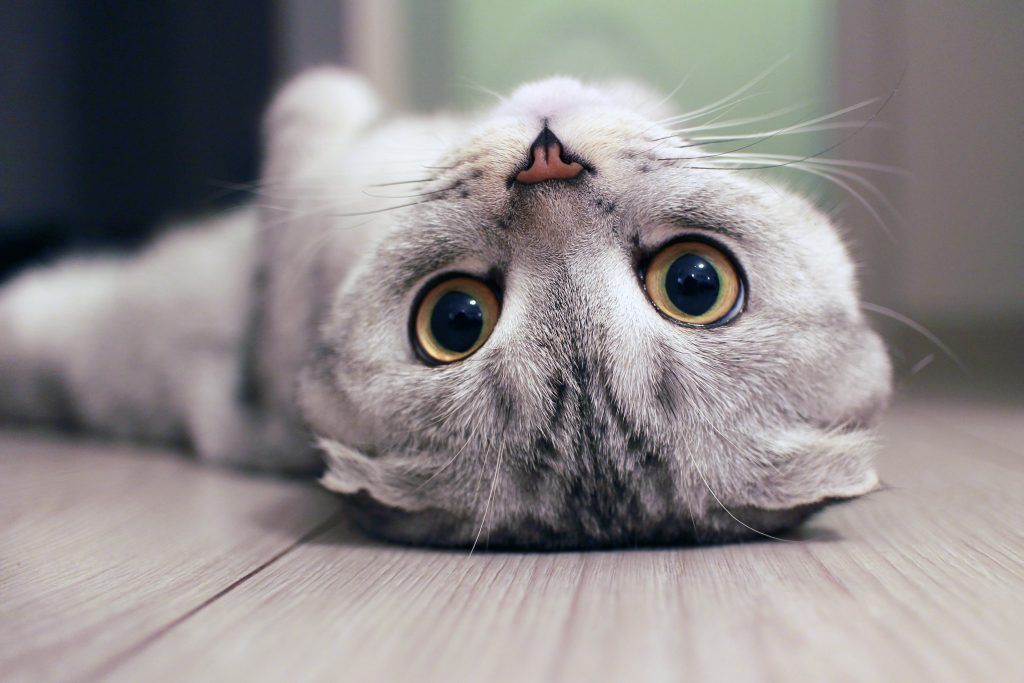
Urinary tract disease is a common problem for cats and is one of the main reasons for visiting the vet. Your furry pet may have this ailment when you see it straining when trying to urinate or urinating at an irregular amount of times daily. Urinary tract disease in cats is also referred to as Feline Lower Urinary Tract Disease (FLUTD).
Many cats may be prone to having this ailment, but the good news is there are some ways that can help lower their risk.
Provide cats with a healthy diet
This is beneficial in maintaining their ideal body weight, which can lower their risk of developing health issues, like FLUTD. As cats are generally not active and drink less water, you have to provide them with a healthy balanced diet. Invest in quality canned cat food for urinary tract health to maintain and support their urinary health. If your pet, however, already has urinary tract disease, ask a vet to recommend a special diet.
Encourage water consumption
A well-hydrated cat is less likely to suffer from urinary tract ailments, so make sure your pet has easy access to fresh, clean water at all times. It’s also a good idea to buy a pet drinking fountain, as studies suggest that cats prefer running sources of water. You can also feed them with a canned diet, which has higher moisture content than dry food.
Avoid or minimize stress at home
Stress, studies suggest, is one of the most common contributors to the onset of urinary tract disease. Cats can be stressed due to factors like moving to a new home, having new family members in the household, or facing changes in their routine. While you don’t have complete control over these stressors, it’s best to do whatever is possible like trying not to upset their routine.
Keep these things in mind to protect your cat’s urinary health. You shouldn’t also hesitate to see a vet if you suspect that your beloved pet is experiencing signs of urinary tract disease.



